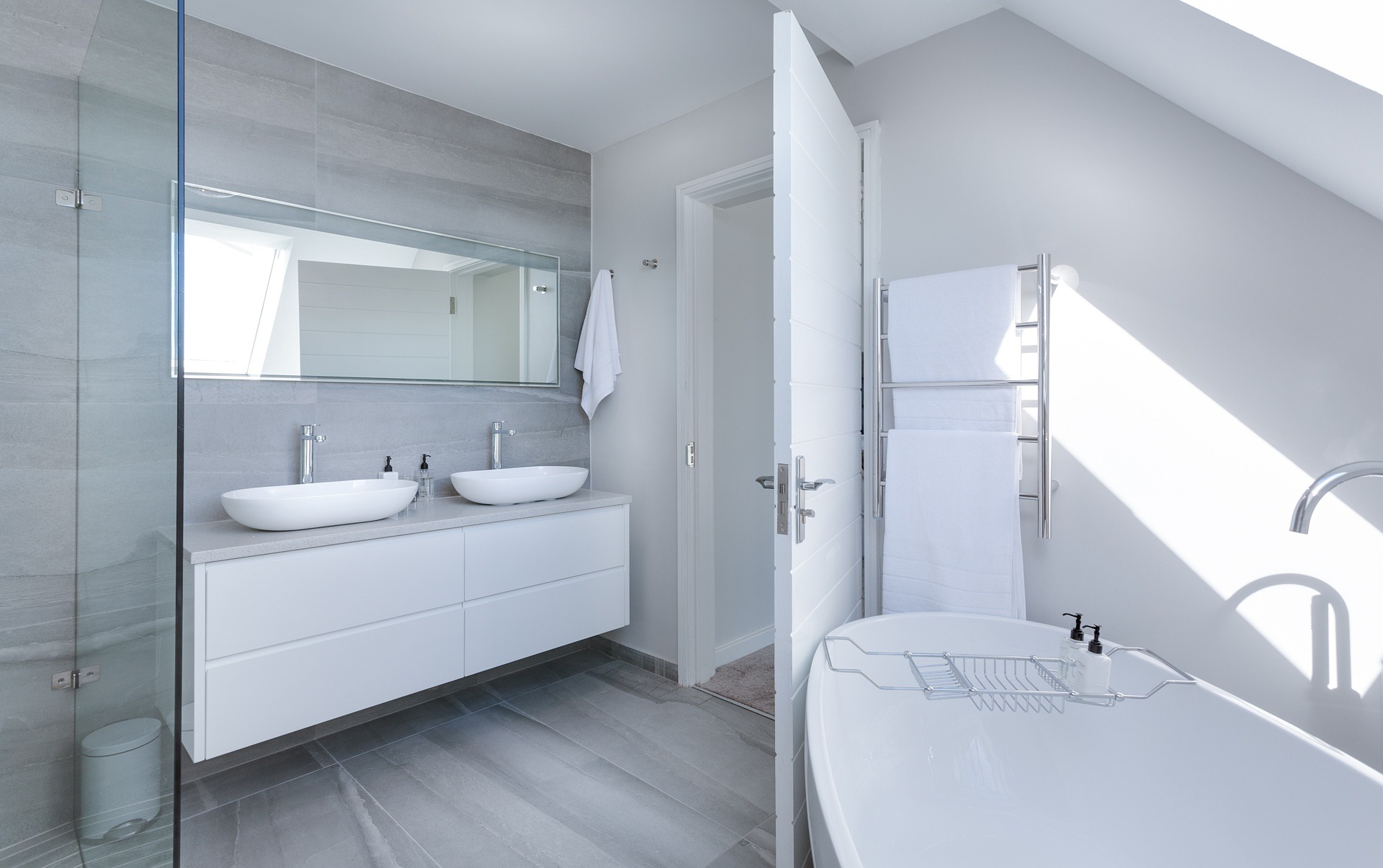Bathroom Appliances: Essential Elements for Modern Bathrooms
Bathrooms have evolved from simple functional spaces to areas of comfort and style in modern homes. The right selection of bathroom appliances can significantly enhance both the utility and aesthetic appeal of these personal spaces. From basic fixtures to advanced technological additions, bathroom appliances play a crucial role in creating a functional and inviting environment. This article explores the various appliances commonly found in bathrooms, their purposes, and considerations for choosing them.

Sinks, also known as washbasins, come in diverse shapes and materials. From pedestal sinks that save space to expansive vanity countertops with built-in basins, the options are numerous. The choice often depends on the bathroom’s size and the homeowner’s preferences for storage and style.
Showers and bathtubs are central to the bathing experience. While some bathrooms feature separate shower stalls and bathtubs, others combine them to save space. Shower systems can range from simple showerheads to elaborate setups with multiple jets and rainfall features. Bathtubs, on the other hand, vary from classic clawfoot designs to modern whirlpool tubs with therapeutic jets.
How do sinks contribute to bathroom functionality?
Sinks are more than just vessels for water. They serve as focal points in bathroom design and play a crucial role in daily hygiene routines. The functionality of a sink depends on several factors, including its size, material, and accompanying fixtures.
Bathroom sinks come in various materials such as porcelain, glass, stone, and metals like stainless steel or copper. Each material offers different benefits in terms of durability, ease of cleaning, and aesthetic appeal. The shape and size of the sink bowl affect its practicality, with deeper basins offering more versatility for tasks like hand-washing clothes or filling large containers.
Faucets complementing the sink can greatly enhance its functionality. Options range from traditional two-handle designs to modern single-lever or touchless faucets. Some advanced models even incorporate features like temperature control and water-saving technologies.
What types of showers are available for modern bathrooms?
Showers have come a long way from simple overhead sprays. Today’s market offers a wide array of shower types to suit different preferences and bathroom layouts. Walk-in showers have gained popularity for their accessibility and sleek appearance. These can be equipped with glass doors or left open, depending on the bathroom’s design and size.
Shower systems now often include multiple components. A typical setup might feature an overhead rainshower for a luxurious soaking experience, a handheld showerhead for flexibility, and body jets for a massage-like effect. Digital shower controls allow users to preset temperatures and flow rates, adding a layer of convenience and customization to the showering experience.
For those looking to combine the benefits of a shower and a bathtub, shower-tub combinations offer a space-efficient solution. These units can be fitted with sliding doors or shower curtains and are particularly useful in smaller bathrooms or homes with children.
How do bathtubs enhance the bathroom experience?
Bathtubs remain a desirable feature in many bathrooms, offering a space for relaxation and therapeutic soaking. The variety of bathtub styles available caters to different aesthetic preferences and functional needs. Freestanding tubs, such as the classic clawfoot design or modern sculptural pieces, serve as striking focal points in spacious bathrooms.
For those with limited space, alcove tubs that fit snugly between three walls provide a practical solution. These can be combined with shower fixtures to create a versatile bathing area. Whirlpool tubs and air tubs offer additional features like jets for hydrotherapy, enhancing the relaxation potential of a bath.
Material choices for bathtubs include acrylic, fiberglass, cast iron, and even natural stone. Each material has its own set of advantages in terms of heat retention, durability, and maintenance requirements. When selecting a bathtub, it’s important to consider not only the aesthetic appeal but also practical factors like the bathroom’s size, plumbing configuration, and the structural support needed for heavier tubs.
What additional appliances can enhance bathroom functionality?
Beyond the core fixtures, several appliances can add convenience and comfort to a bathroom. Heated towel rails, for instance, provide the luxury of warm towels while also helping to dry them quickly, reducing humidity in the bathroom.
Ventilation fans are crucial for maintaining air quality and preventing moisture buildup, which can lead to mold and mildew. Modern exhaust fans often come with features like humidity sensors and quiet operation.
For those who enjoy music while bathing, waterproof speakers or integrated audio systems can turn the bathroom into a more immersive relaxation space. Some high-tech mirrors now incorporate LED lighting, defoggers, and even built-in displays for checking the weather or news while getting ready.
Storage solutions, while not appliances in the traditional sense, play a significant role in bathroom functionality. Heated cabinets can keep toiletries at optimal temperatures, while illuminated medicine cabinets combine storage with task lighting.
In conclusion, the world of bathroom appliances offers a wide range of options to create a space that is not only functional but also comfortable and personalized. From essential fixtures like toilets, sinks, and showers to luxury additions like whirlpool tubs and high-tech mirrors, these appliances work together to define the bathroom experience. When selecting bathroom appliances, it’s important to consider factors such as space constraints, personal preferences, and long-term maintenance to create a bathroom that serves your needs effectively and aesthetically.






